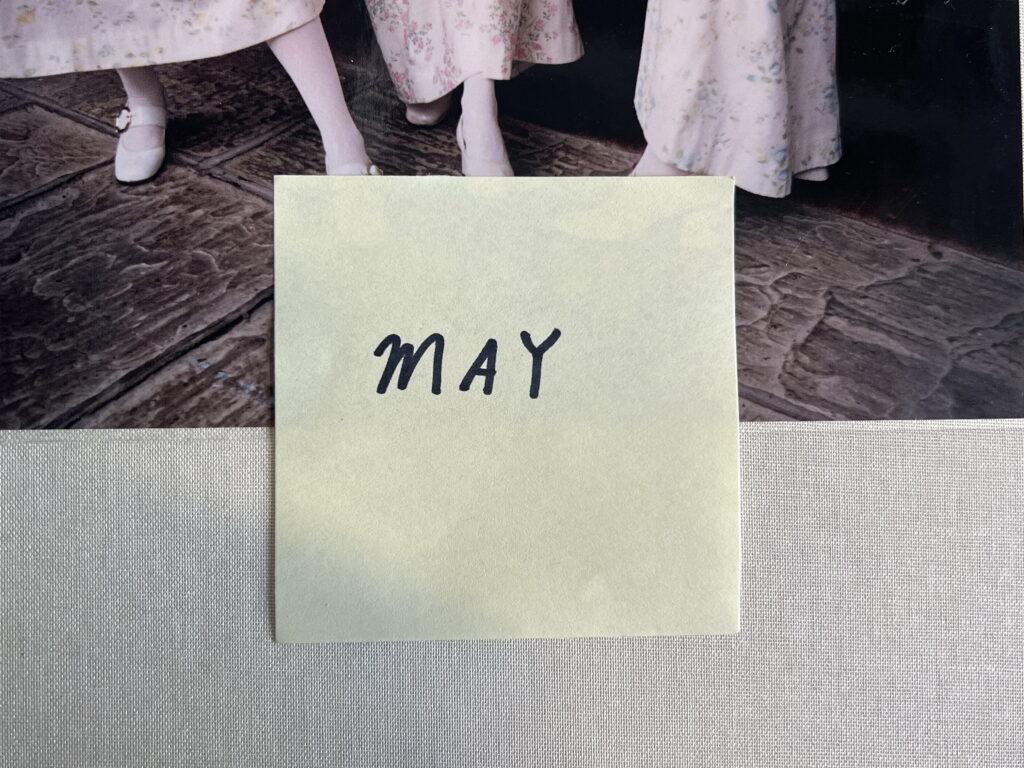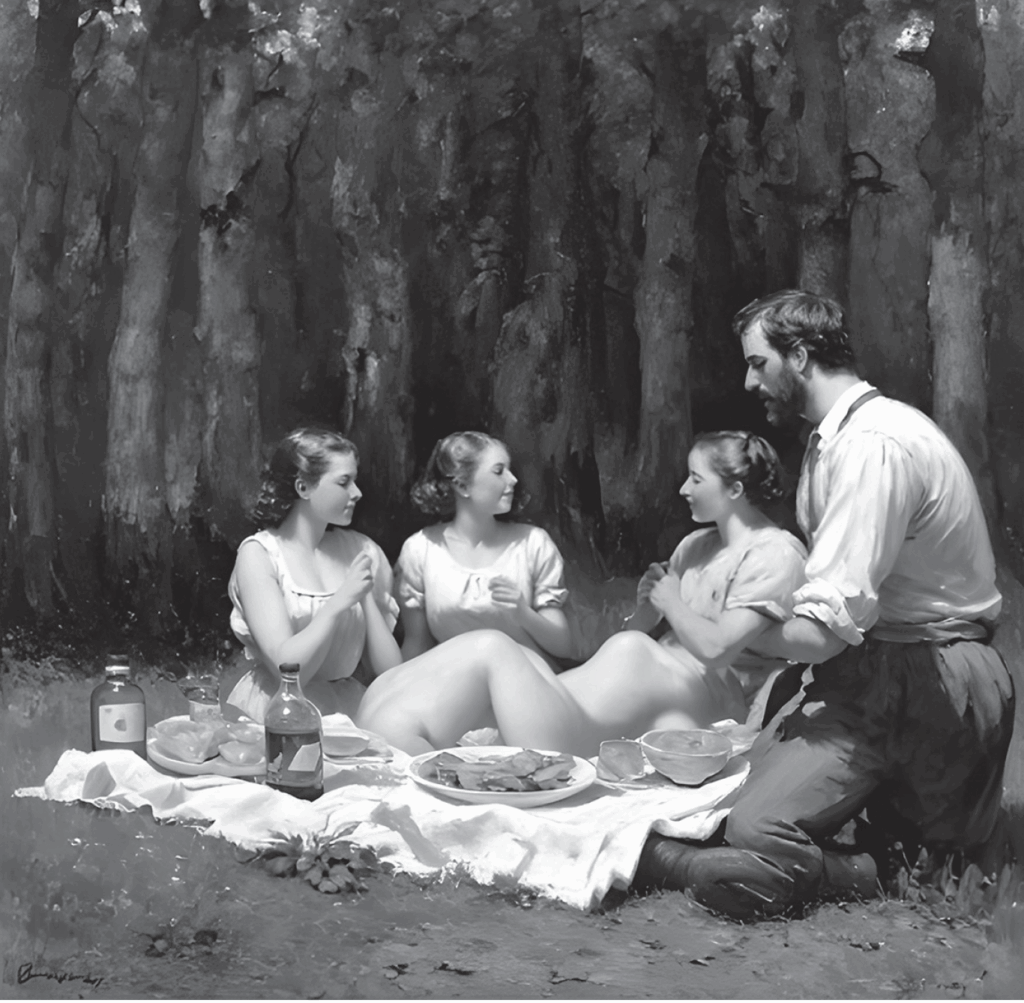Souvenirs

within the again, a ebook of Corinne Day’s pictures on the set of Sofia Coppola’s the virgin suicides, out from MACK this month.
Every month, we comb by means of dozens of soon-to-be-published books, for concepts and good writing for the Evaluate’s web site. Usually we’re struck by specific paragraphs or sentences from the galleys that stack up on our desks and spill over onto our cabinets. We generally share them with one another on Slack, and we thought, for a change, that we’d share them with you. Listed below are some we discovered this month.
—Sophie Haigney, internet editor, and Olivia Kan-Sperling, assistant editor
From Joan Copjec’s Cloud: Between Paris and Tehran: Corbin/Kiarostami/Lacan (MIT Press):
As Ishaghpour places it in his essay “The True and False in Artwork,” “It will be truthful to say that, in keeping with Kiarostami, the entire world has only one want: being photographed, showing in a movie, being on the display screen. A lot so, that it might be obligatory to alter Descartes’s method into ‘I’ve a picture, [therefore] I [am].’ ” Why ought to ladies be exempt from this elemental want to have a picture—a want so elemental that even the God of Islam is acknowledged to have pined for one. For need of a picture he was hidden even from Himself.
Those that protest towards the assimilation of girls to a picture are proper to take action, although it must be acknowledged that there’s a vital distinction between a picture that assimilates what it depicts (or: reduces it to an object) and an epiphanic picture. The latter—or “incorruptible”—type of the picture performs an epiphanic perform. It directs us to attend not merely to what it exhibits on its floor but in addition to what nestles in its shadow. Probably the most well-known illustrations of such a picture is the portray of a veil by Parrhasios, which prompted those that checked out it to marvel what lay beneath it. The perform of the picture on this case isn’t merely to attract our consideration to what’s seen but in addition to what’s not.

A rendering by Secure Diffusion 3, within the model of Édouard Manet.
From Hito Steyerl’s Medium Scorching: Photos within the Age of Warmth (Verso), on the text-to-image mannequin Secure Diffusion 3:
At its launch, SD3 may need profited from an automatic cover-up perform too. Simply think about the creatures within the picture above all fitted with beautiful summary, sail-like covers. The generator may even have used the outsized tablecloth to wrap all 4 figures up right into a single Christo-themed package deal. Simply because the Berlin Reichstag regarded a lot better when Christo and Jeanne-Claude wrapped it in 1995, Secure Diffusion’s creatures would have benefitted aesthetically from an abstraction cloak (which could even have hidden the disturbing puppeteering concern occurring in the proper hand aspect of the rendering).
In her Souvenirs (David Zwirner), first printed in French in 1835, Élisabeth Louise Vigée Le Brun, courtroom painter to Marie Antoinette, writes:
Since I’ve already informed you, pricey buddy, how a lot consideration I excited at promenades and different sights, a lot in order that I typically had crowds round me, you’ll be able to simply perceive that a number of admirers of my countenance made me paint theirs additionally, within the hope of pleasing me, however I used to be so absorbed in my artwork that nothing had the ability of distracting my ideas. Apart from, the ethical and spiritual precepts inculcated by my mom protected me from the seductions with which I used to be surrounded. Thankfully for me, I had by no means learn a single novel. The primary I learn (it was Clarissa Harlowe, which me extraordinarily) was not until after my marriage; as much as that point I learn solely non secular books, The Lives of the Holy Fathers, amongst others, for every thing is contained therein, and some class books belonging to my brother.
However to return to those admirers. As quickly as I found that they needed to stare upon me with les yeux tendres, I painted them with the eyes averted, which prevented them from relating to the painter. After which, as a minimum motion spherical of their eyes, I mentioned, “I’m simply on the eyes,” which was annoying for them, as you’ll be able to suppose.
From Sarah Bilston’s The Misplaced Orchid: A Historical past of Plunder and Obsession (Harvard College Press), a historical past of nineteenth-century “orchidelirium” and the seek for a uncommon orchid:
[The lost orchid] was rediscovered at a ball in Paris, in a girl’s corsage … the place “an orchid fanatic hooked up to the British legation noticed it. He regarded as soon as, twice (in reality as typically as etiquette would allow a gentleman to do).”
From Jordan Thomas’s When It All Burns: Preventing Hearth in a Reworked World (Riverhead):
The Spanish weren’t alone of their hatred of flames. They had been, relatively, caught in a worldwide wave of fireplace suppression that, at this specific historic second, Europeans carried to each liveable continent. In 1749, the identical 12 months Junípero Serra arrived within the Americas, Pennsylvania handed its first fireplace ban. A number of years later, the New England colonies restricted fireplace “as a examine upon that very damaging observe taken from the Indians.” Throughout that very same interval, Dutch buying and selling firms started executing Indigenous South Africans for burning the land. In the meantime, British officers lamented that “the wild tribes” of India had been “devastating the forests,” leaving “a heap of ashes and irreversible destroy of their wake.” As French industrialists colonized Vietnam, Laos, and Cambodia, they complained about “the fires began by the natives,” which had been “the plague of Indochinese forests.” Even in Eire, the place farmers and shepherds had tended the land with fireplace because the finish of the final Ice Age, the English, after invading, handed a 1743 legislation “to forestall the pernicious observe of burning land.” In all places European colonizers laid their claims, they extinguished fireplace.
From Yiyun Li’s Issues in Nature Merely Develop (Farrar, Straus and Giroux):
If one is destined to dwell as a Sisyphus in an abyss, there may be good sense in distinguishing a significant boulder from insignificant pebbles. A Sisyphus making a boulder out of a pebble would solely develop into a comedy. Previously few months I’ve developed a behavior of scrutinizing my thoughts: is that this thought a pebble of a thought, is that this fear a pebble of a fear, is that this query, seemingly unanswerable, solely a pebble of a query?

0 Comment